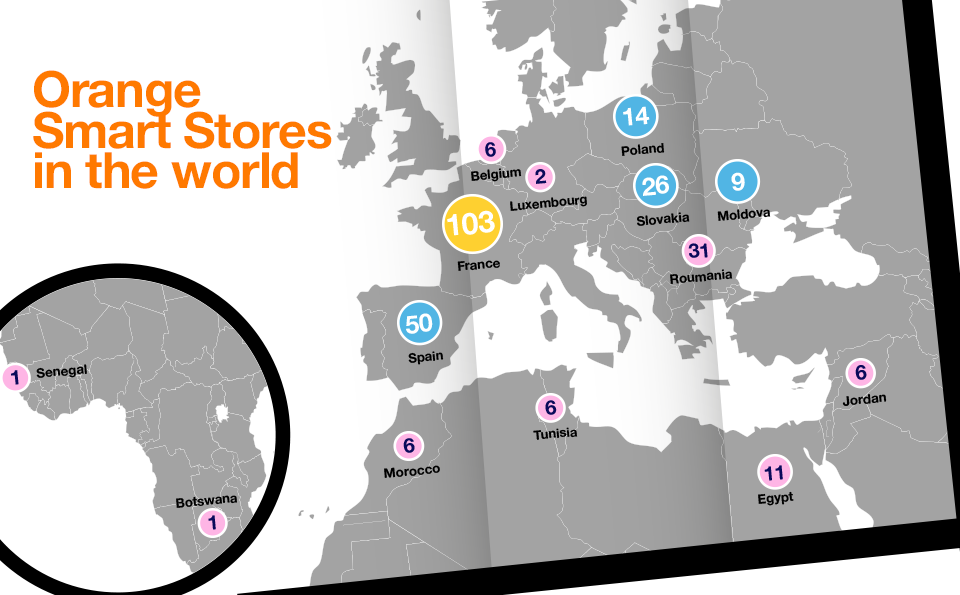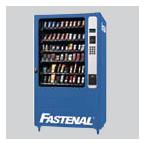There is little doubt that retail business is under tremendous pressure, and certain segments are experiencing excruciating pain as they struggle to survive. In the past 12 months there has been a deluge of bad news highlighting the plight of iconic retailers such as Macy’s, The Limited, Sears, Kmart and Men’s Wearhouse, all shuttering 100’s of stores and others such as Sport Chalet, Sports Authority and American Apparel filing for bankruptcy.
Is the death of “brick and mortar” retailers inevitable? Does Amazon and the ecommerce sector have this fight already wrapped up due to their incredible cost and distribution advantages? Before we answer that, it’s important to put things into perspective. According to the US Department of Commerce, the US retail sales figure for Q3–2016 was $1.2 trillion and yet only 8.4% of that came directly from ecommerce. Thus, although online sales are growing at a faster rate, the overall size of the physical retail sales market is enormous. There are both traditional retailers like the Home Depot, TJX and Trader Joes that are profitable and growing in this environment, as well as some prominent brands like Apple, Tesla and Amazon itself, who have established storefronts in order to interact with their customers. Thus, despite the doom and gloom predictions we are hearing about some unfortunate “brick and mortar” companies, the sector is not going away, instead it’s quickly evolving.





















